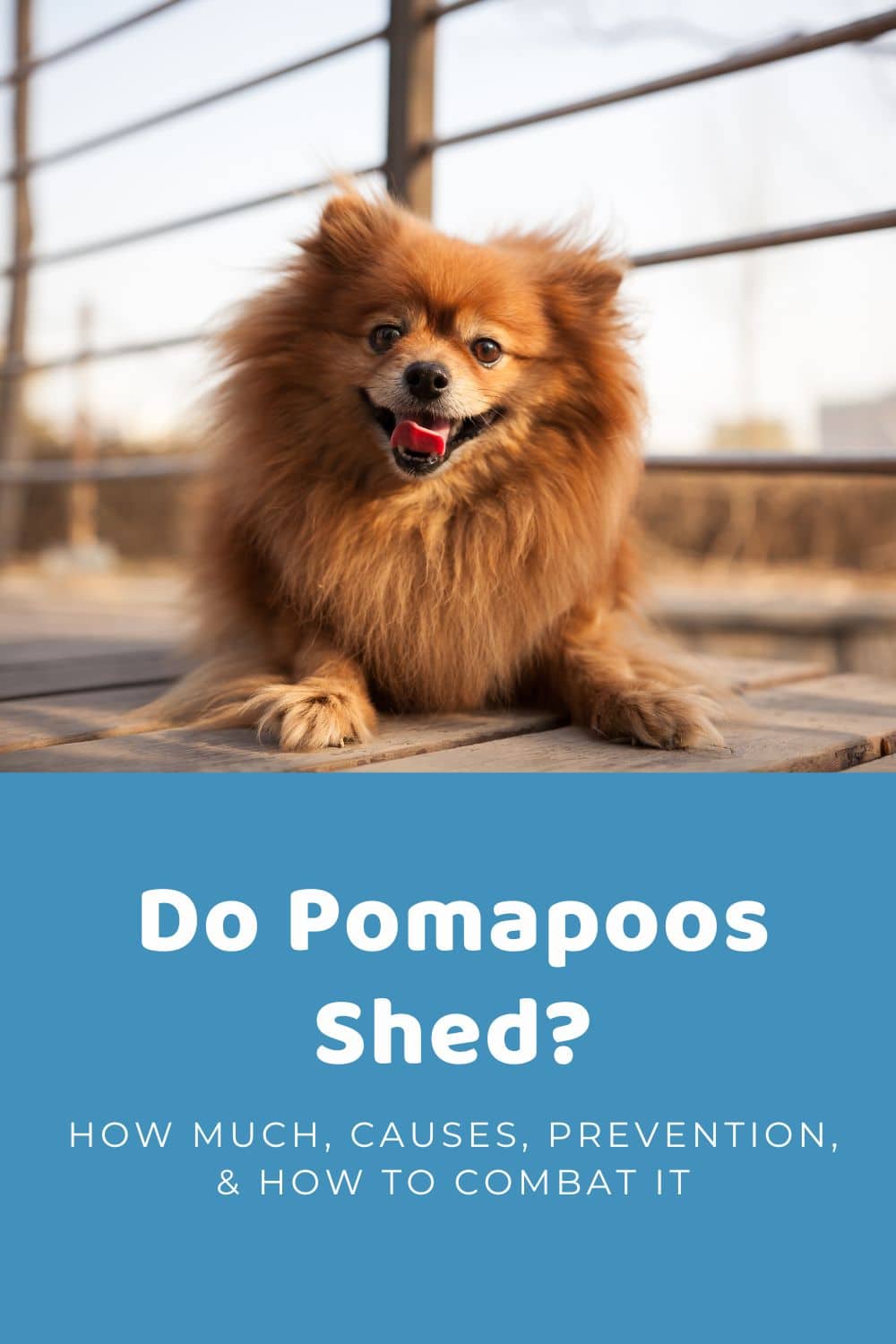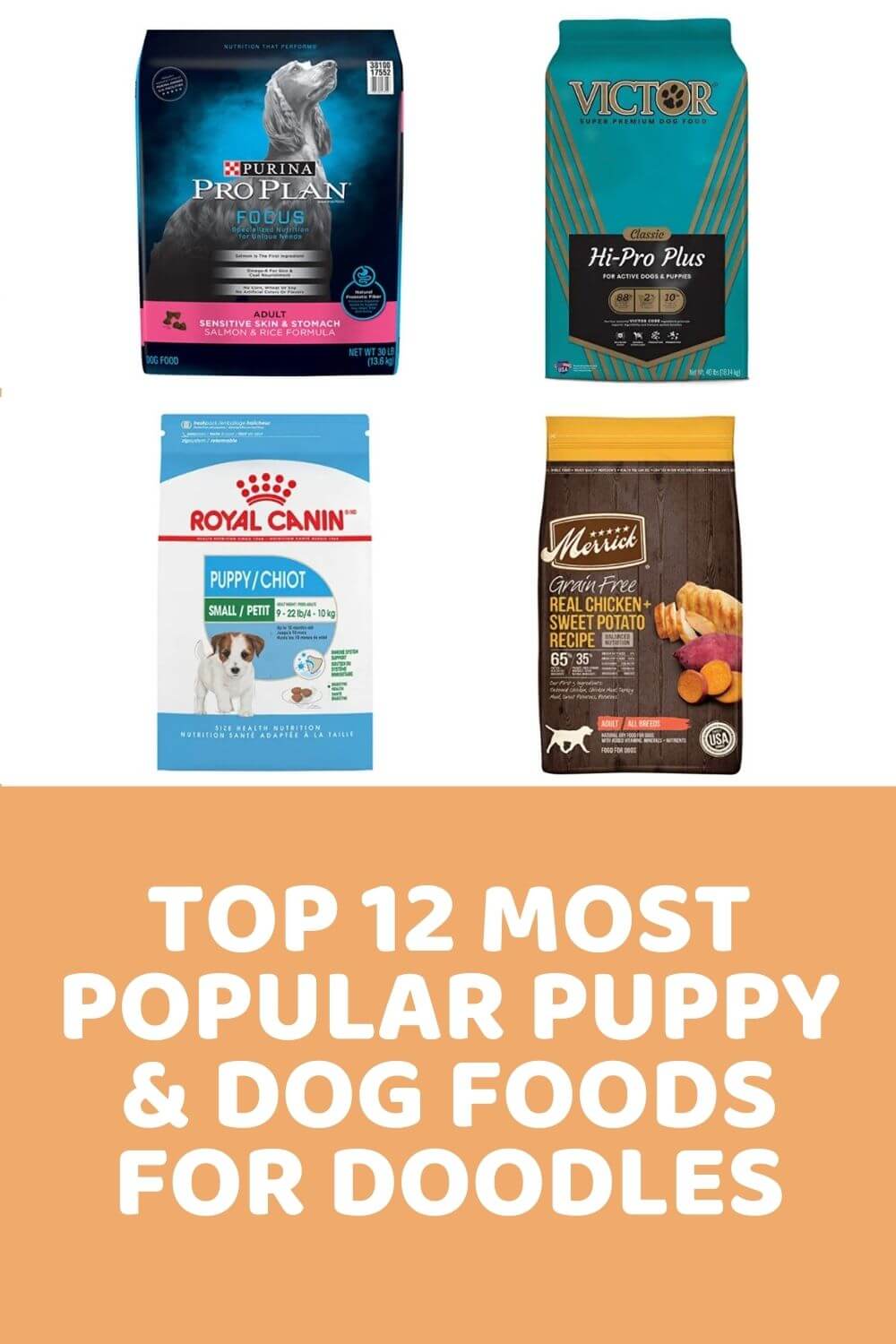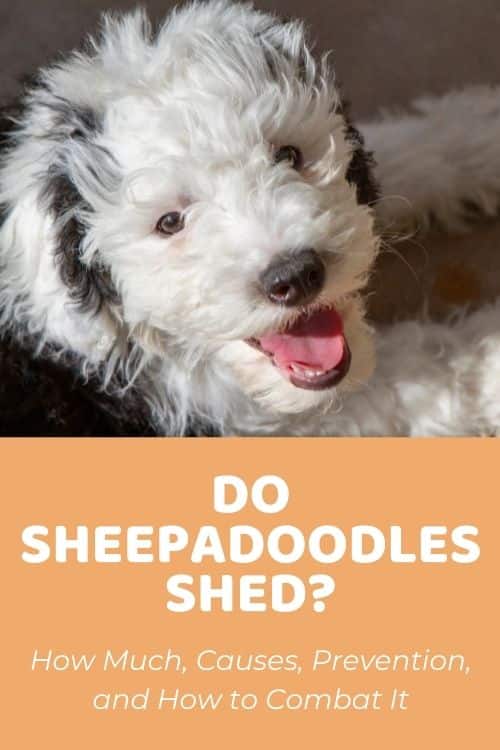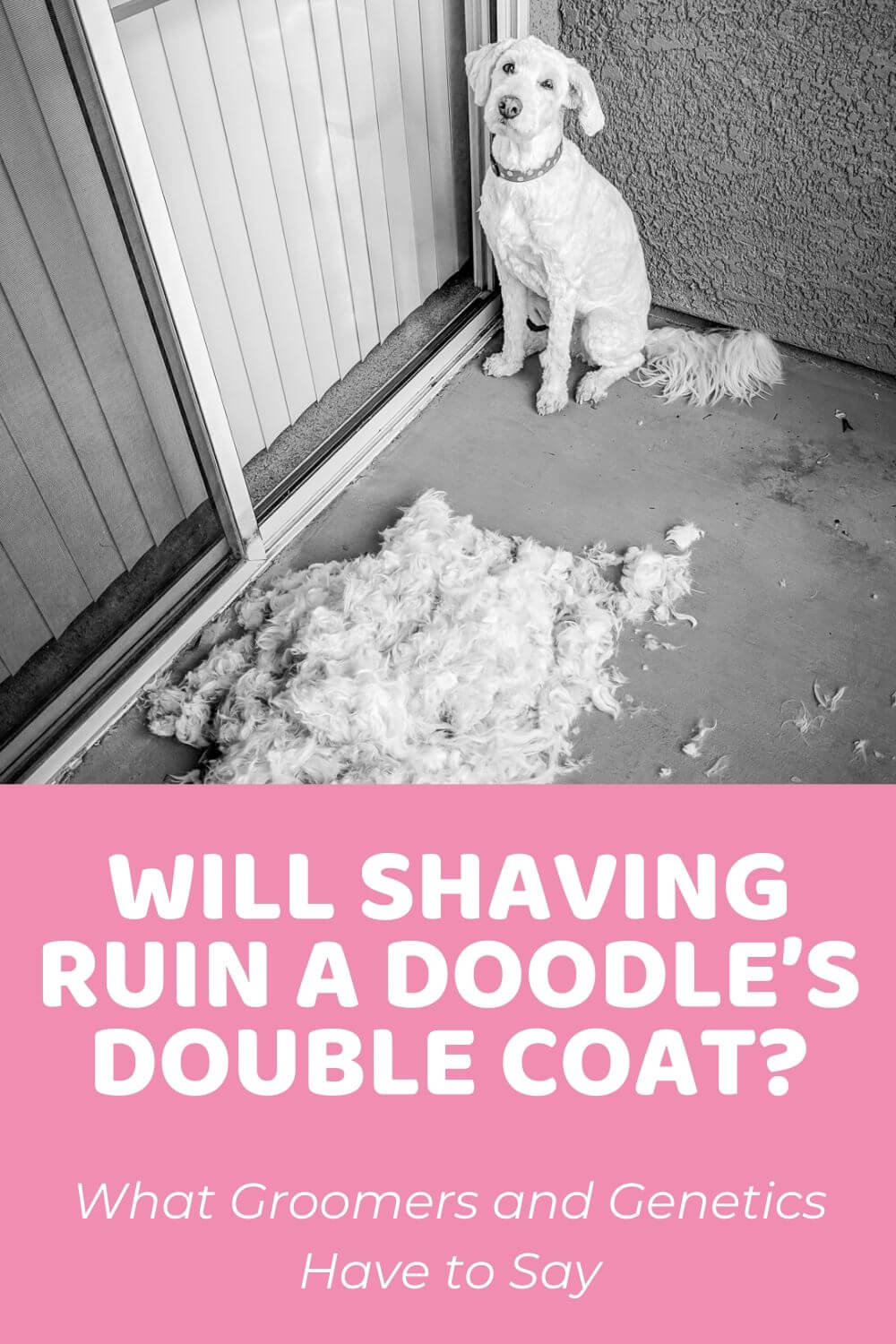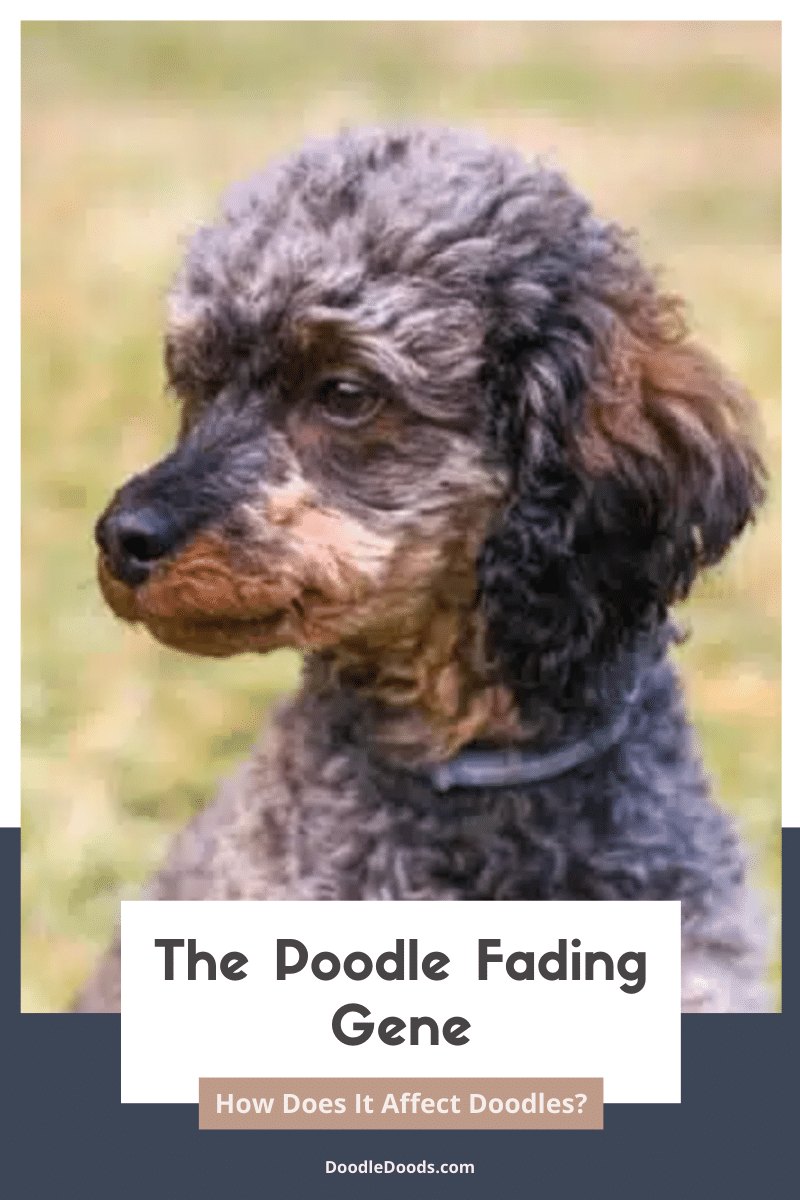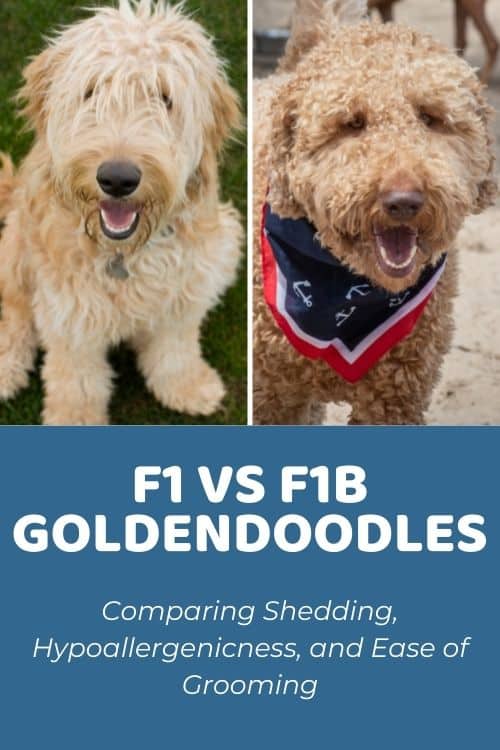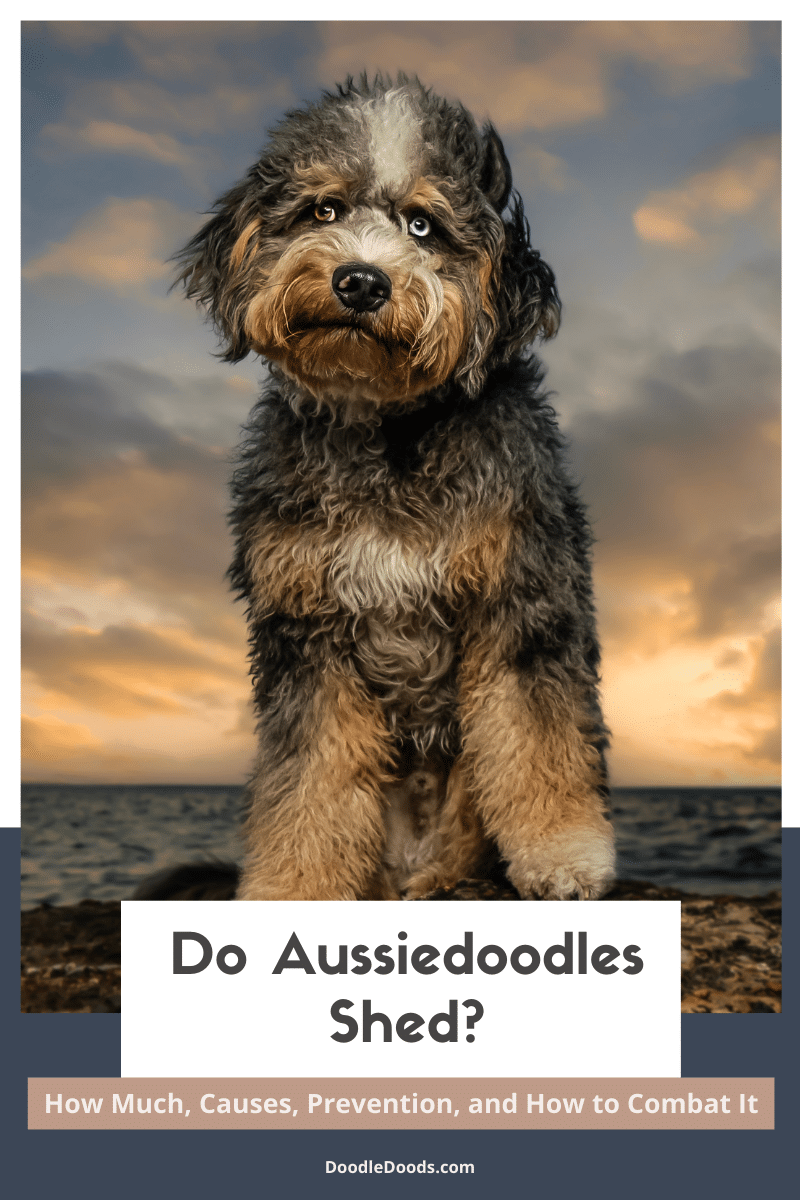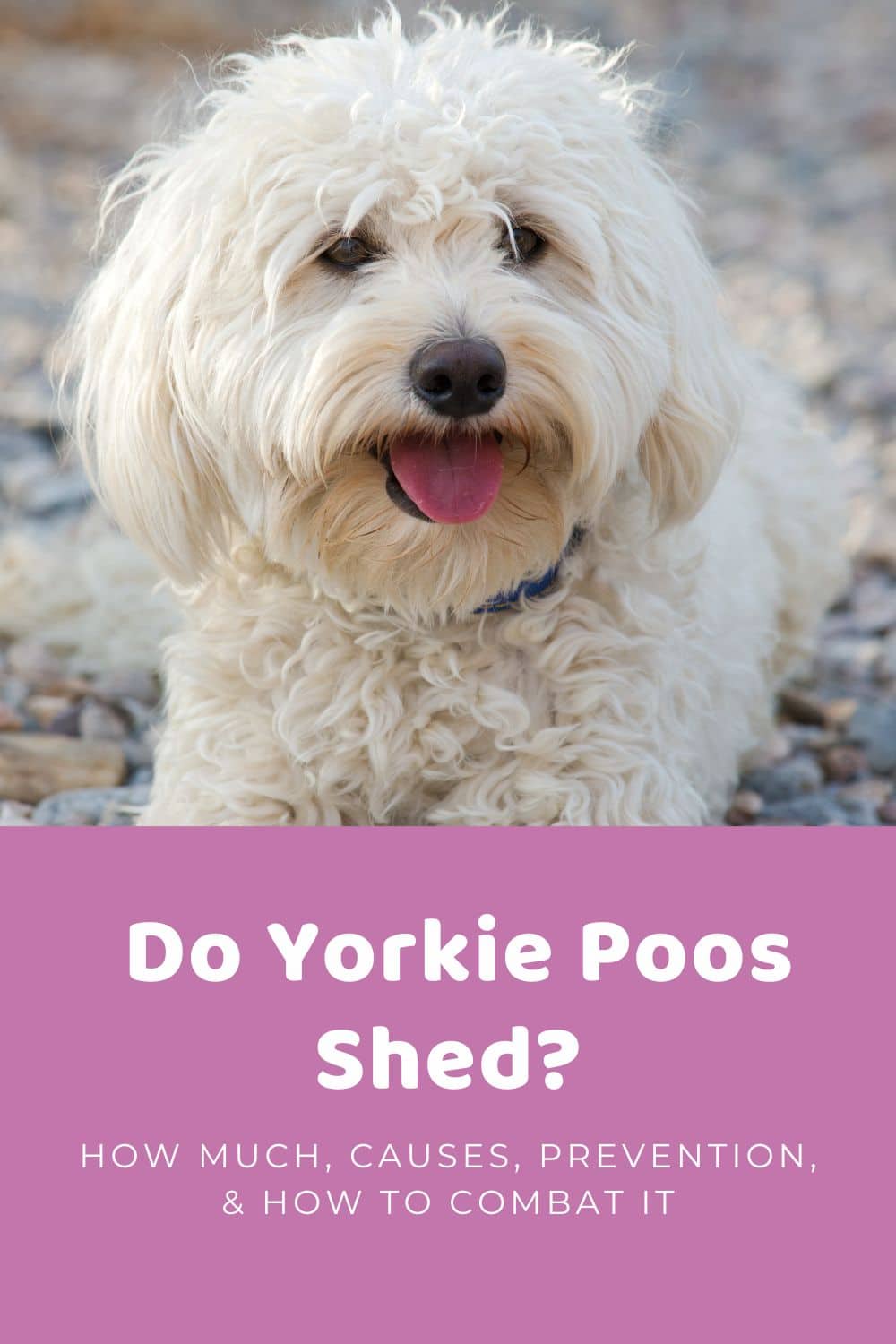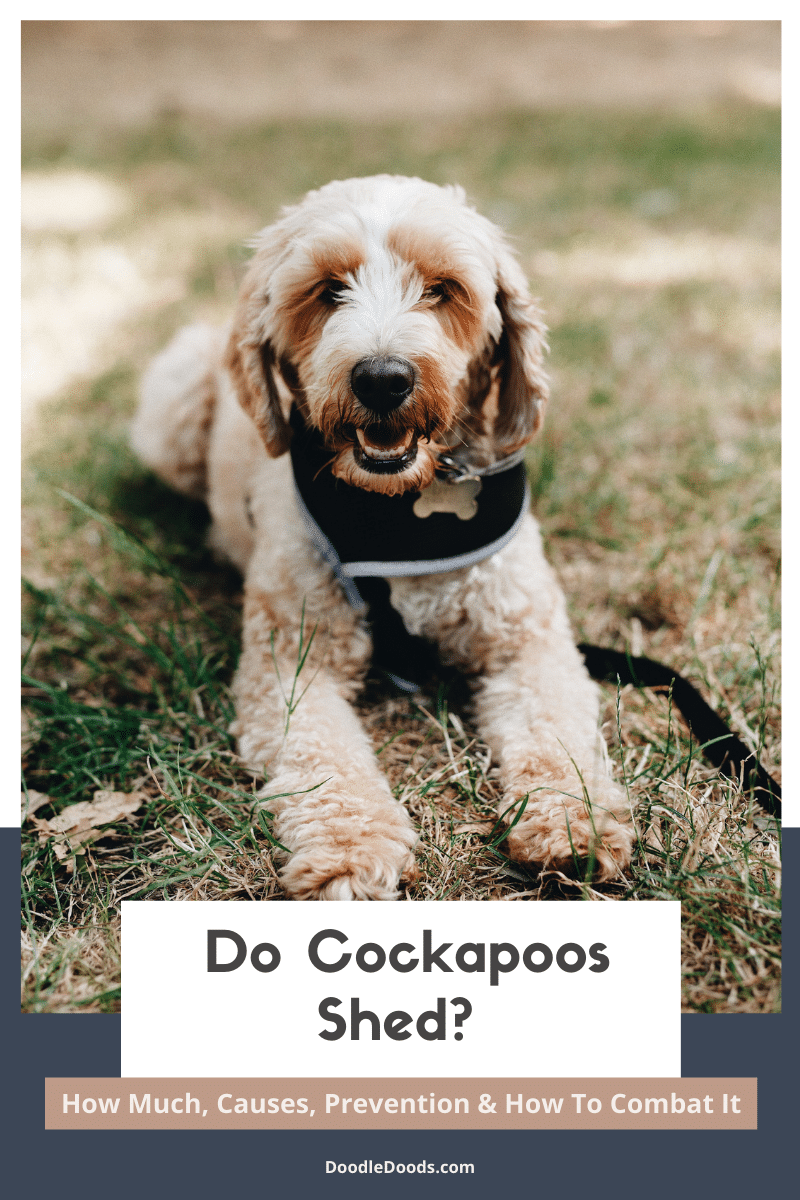Pomapoos, a cross between the enchanting Pomeranian and the sassy Toy Poodle, are gorgeous little Doodles indeed. There really is no denying that. You’d have to have a stone-cold heart to resist these little treasures in the flesh. That’s why it pays to do a little research on these dogs before visiting a breeder. Likely one of the biggest questions you might have (especially when opting for a Doodle) is how much do Pomapoos shed?
The answer to that question is maybe a little… perhaps a bit more than that… Basically, it all depends on a few key factors. Here we’ll take a look at what those are to increase your chances of picking up a low-shed puppy if you really need to. We’ll also provide some top tips for keeping any shedding that does occur to an absolute minimum so you’re not left spending a large part of your days with a lint roller in your hand.
Table of Contents
- Why Dogs Shed: A Quick Overview
- Do Pomapoos Shed? It Depends.
- How To Further Reduce Pomapoo Shedding
- Frequently Asked Questions About Pomapoo Shedding
- Do Pomapoos Shed? Final Thoughts
Why Dogs Shed: A Quick Overview
You may or may not know that there’s no such thing as a no-shed dog. Every living thing with hair sheds – some things more and some less. The original aim of Doodles was to recreate some of the world’s favorite dogs without the pesky issue of hair all over the house. What may be a mere inconvenience for some pet lovers can cause serious problems for those with allergies. Poodles are considered the most hypoallergenic of all canines, so these were the dogs chosen for this particular mission.
Basically, there are many different types of canine coat, but these can roughly be divided into two main types: a double-layered fur coat and a single-layered hair one. The former is probably the most commonly seen, especially among working dogs. The two layers work together to provide protection from the elements, with the short, dense undercoat helping with temperature regulation in more extreme conditions. It is this coat that is prone to shed, especially with the changing of the seasons in the spring and in the fall.
The reason Poodles shed less than most other dogs is because they have the latter type of coat with only hair and no fur. Hair differs from fur in that it spends more time in the ‘growth’ stage of its particular lifecycle. This accounts for the fact that your pet’s coat needs regular trims and also that they tend to retain it for far longer than fur-coated breeds. The issue with the Poodle coat, though, is that when it is shed, it quite often gets tangled up in the rest of the longer, curly hair, which can lead to tricky knots and matting too.
Do Pomapoos Shed? It Depends.
As your Pomapoo is a living, hairy thing, they definitely will shed – so the better question is, how much can you expect them to shed? This will depend very much on the following factors:
Coat Type
The Pomapoo is derived from two quite distinct dogs, so it’s tough to know what kind of coat they will end up with. As you know by now, the Poodle one is the desirable one (in terms of less shed, anyhow). However, there are other breeds out there that also benefit from having a low-shed coat. Sadly the Pomeranian is not one of them. As miniature versions of the working spitz sled dogs, these pups do have double coats. Although they are said to be only moderate shedders, but either way, they are certainly not hypoallergenic.
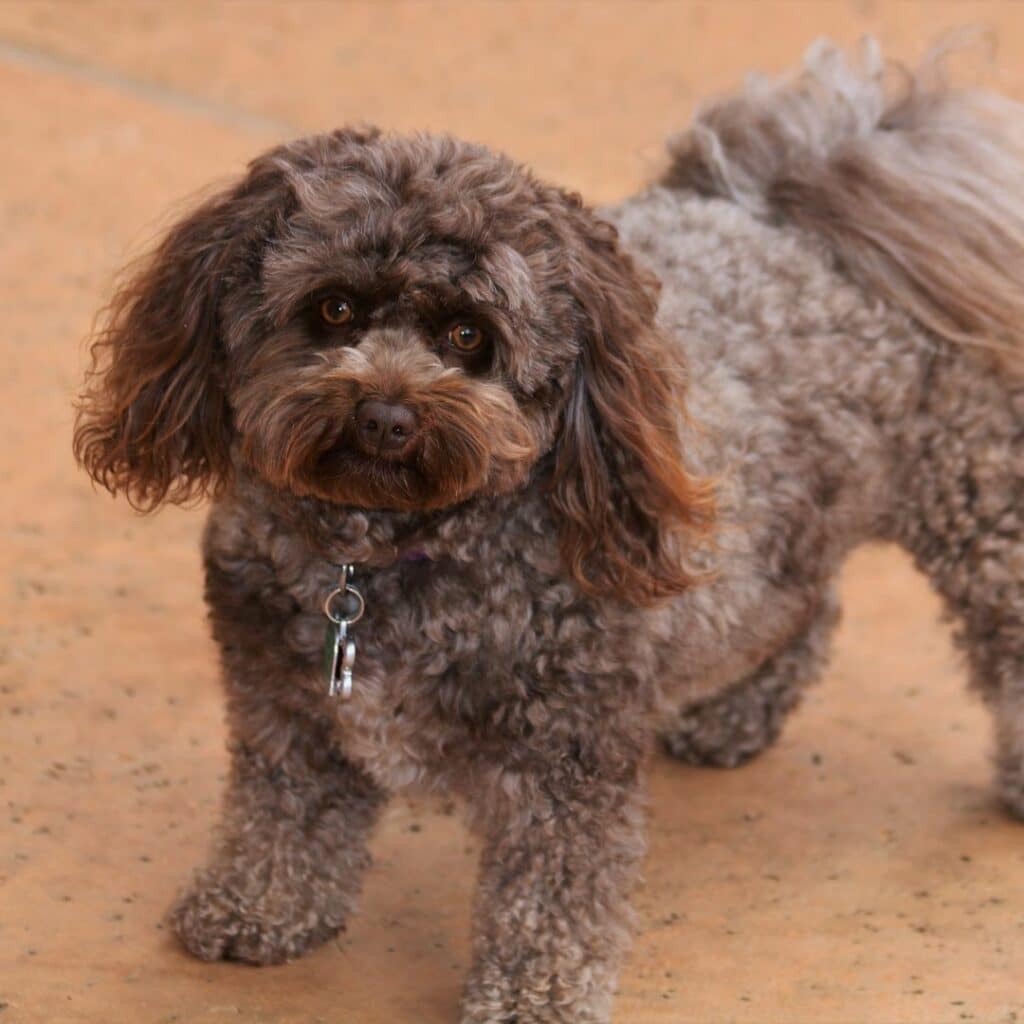
Needless to say, it is possible for your Pomapoo to inherit the Pomeranian coat. They will look absolutely gorgeous but sadly will shed. On the whole, though, most Doodle parents report that their pups shed far less than their pedigree parents, even if they do get a double coat. However, as so many are eager to get their hands on a low-shedding dog, breeders are working their magic to try and set their puppies up for success in this respect. One way they do this is by upping the amount of Poodle genes in their Doods.
Generation
Backcrossing is a practice whereby mixed pups are bred with a pedigree parent to try and coax more of their traits into the offspring. In this instance, a Pomapoo would be bred with a Poodle in the hopes of reducing the chances of a double coat. With certain other breeds, this is also being done for reasons of reducing size or bringing in desirable personality traits like intelligence and also for health, e.g., increasing the length of the muzzle.
Dogs that result from this kind of selective breeding are referred to in terms of their generation. These are the different variations for Pomapoos:
| 1st Parent | 2nd Parent | % Pomeranian* | % Poodle* | |
| F1 Pomapoo (first-generation) | Pomeranian | Poodle | 50% | 50% |
| F1B Pomapoo (first-generation backcross) | F1 Pomapoo | Poodle | 25% | 75% |
| F1BB Pomapoo (first-generation backcross backcross) | F1B Pomapoo | Poodle | 12.5% | 87.5% |
| F2 Pomapoo (second-generation) | F1 Pomapoo | F1 Pomapoo | 50% | 50% |
| F2B Pomapoo (second-generation backcross) | F1 Pomapoo | F1B Pomapoo | 37.5% | 62.5% |
| F2B Pomapoo (alternate cross) | F2 Pomapoo | Poodle | 25% | 75% |
| F3 / Multigen Pomapoo | F1B Pomapoo or higher | F1B Pomapoo or higher | Varies | Varies |
As you can see, the F1B, F1BB, and F2BB Pomapoos have the most Poodle genes and so stand the highest chance of being ‘hypoallergenic,’ but genes are tricky things, and you never know how they will be expressed. Rather than assuming anything, it’s always best to have a conversation with the breeder. They are best positioned to make the best guesstimate about their puppies based on previous pairings of the parent pups.
How To Further Reduce Pomapoo Shedding
While genes are the most significant indicator of how much your pal will shed, certain environmental factors can also have an impact. Take control of these, and you’ll see hair loss levels drop quite significantly in most cases.
Regular Grooming
No matter your Pomapoo’s coat type – Poodle, Pomeranian, or a unique mix of the two, one thing you can know for sure with these dogs is that you’re going to need to brush them fairly often. That just can’t be helped. These dogs inherit long hair from both sides of their family tree, which will need to be kept in check. It’s probably best to fix down a daily or once-every-couple-of-days grooming schedule.
Having the right tools for the job will help more than you think. Many brushes will glide right over your pet’s coat, doing very little, aside from removing a few stray hairs here and there. Finding one that will reach right down to the roots and collect the dead and loose hairs accumulating there, so they are not left all over your carpet; instead will make all the difference. We like the Chris Christensen range for all the different Doodle coats.
Proper Nutrition
Another vital part of canine care is choosing the best food for your pooch. With so many excellent options out there, at fairly reasonable prices, too, this is actually pretty simple to do. You just need to know what you’re looking for. Personally, we prefer kibble for its many benefits, including a wider nutritional profile, fewer calories, bite-sized treats that can improve dental health, a lower price, and ease of storage.
Whether dry or wet, opt for a food that is suited for your pup’s size (smaller dogs need more calorie-dense food to support their higher metabolism) as well as their life stage (puppy, adult, senior). For Pomapoos, we especially like these brands. Beyond that, nutrients such as omega-3 fatty acids, biotin, vitamin E, and zinc all have a big effect on coat health, and the healthier your pet’s coat is, the less it will shed. Pick up some canine supplements for an extra hydration boost.
Frequent(ish) Bathing
Finally, a good way of boosting skin and hair health is through certain products. Dog shampoos have moved far beyond the simple soap-and-clean stage and now contain many of the ingredients that we people find so useful for keeping our hair soft and, more importantly, firmly on our heads. We particularly like BioSilk Silk Therapy Detangling Dog Shampoo for its deep cleaning and dramatically moisturizing formula.
Another way that regular, but not excess, bathing helps with shedding is by washing loose and dead hair and dander directly down the drain. Bathing brushes and similar tools, such as HandsOn’s All-In-One Pet Bathing & Grooming Gloves, can really help with this. Just be aware that if you’re washing your four-legged friend more than once a month, you’re liable to be washing away the protective oils in their coat that help keeps it in good health. This will be doing more harm than good in the shedding stakes.
Less Stress
Your hound can feel anxious much in the same way that you can. This is especially the case if something has changed in their home situation. One way you might notice that your pup is feeling more jittery or unsettled than usual is through a new coating of their hair across your couch. The reason for this is that an influx of certain hormones during periods of stress causes the coat to be released and so signals there is a problem that needs to be addressed.
Stressed-out pups are also more likely to exhibit compulsive hair licking and biting behaviors. This could also have the effect of greater levels of shed as they are damaging otherwise healthy hair. So, you’re basically facing a double whammy with this one. Spending quality time with your pet could help them to feel better. Plenty of love, affection, fun, games, and treats. If this doesn’t work, calming treats are a thing too, and these could certainly help, but it might be worth speaking to your vet as there could be something medical going on too.
Frequently Asked Questions About Pomapoo Shedding
In a word – yes. Pomapoos need regular, perhaps even daily grooming to keep their coat in good condition. Both parent breeds have long hair, which means that tangles are a fact of life for these pups unless you choose to keep them firmly trimmed down. While knots are definitely worse with a Poodle coat, the Pomeranian double coat is the bigger shedder, and frequent grooming will help keep this in check.
As outlined above, the chances of your Poma matting will depend on their coat, how often you groom it, and generally how well you care for it. Poodle curls increase the likelihood of the kind of knots and tangles forming that lead onto mats. However, any long coat carries this risk, particularly if you have an outdoor-loving hound whose biggest joys in life come from flinging themselves into any body of water and rolling in the dirt.
Pomapoos are light to moderate shedders. They have more of a chance of frequent shedding compared to other Doodle breeds because one of the parent dogs (the Pomeranian) has the kind of double coat that is prone to this. There are, however, plenty of things you can do to keep your pup and their skin and hair healthy enough to reduce the shedding. Check out our above tips and tricks.
The Pomapoos that shed the least are the ones with more Poodle influence when it comes to their hair. The Poodle’s single-layered hair coat is known to be one of the lowest sheddings in the canine world, which is what makes it so desirable. Progressive generations of Pomapoo backcross Pomas with Poodle to introduce more Poodle genes making the chances of them inheriting this coat type much more likely.
Do Pomapoos Shed? Final Thoughts
Looking for a low-shed pup because of allergies or simply because you don’t want to be cleaning pet hair off your belongings for the rest of ever? You’re going to need to do a little careful research before deciding that the Pomapoo is for you. Other Doodle types, such as the magical Maltipoo, are far more likely to shed less simply because they have two low-shed parents. However, the Pomeranian part of the Pomapoo brings the possibility of moderate shedding into the mix – this is definitely something to keep in mind.
If you really do have your heart set on one of these cute little spitfire pups and nothing is going to convince you otherwise, then there are a few things you can do to prevent errant hair from spoiling your days. For a start, try to find a breeder offering F1B, F1B, or F2BB Pomapoos. These dogs have far more Poodle than Pomeranian genes upping the chances they will inherit the Poodle coat. Aside from that, a careful schedule of regular groom, semi-regular baths (both with the right products and tools), proper nutrition, and making sure your pup is happy will help with keeping your house (mostly) hair free.

